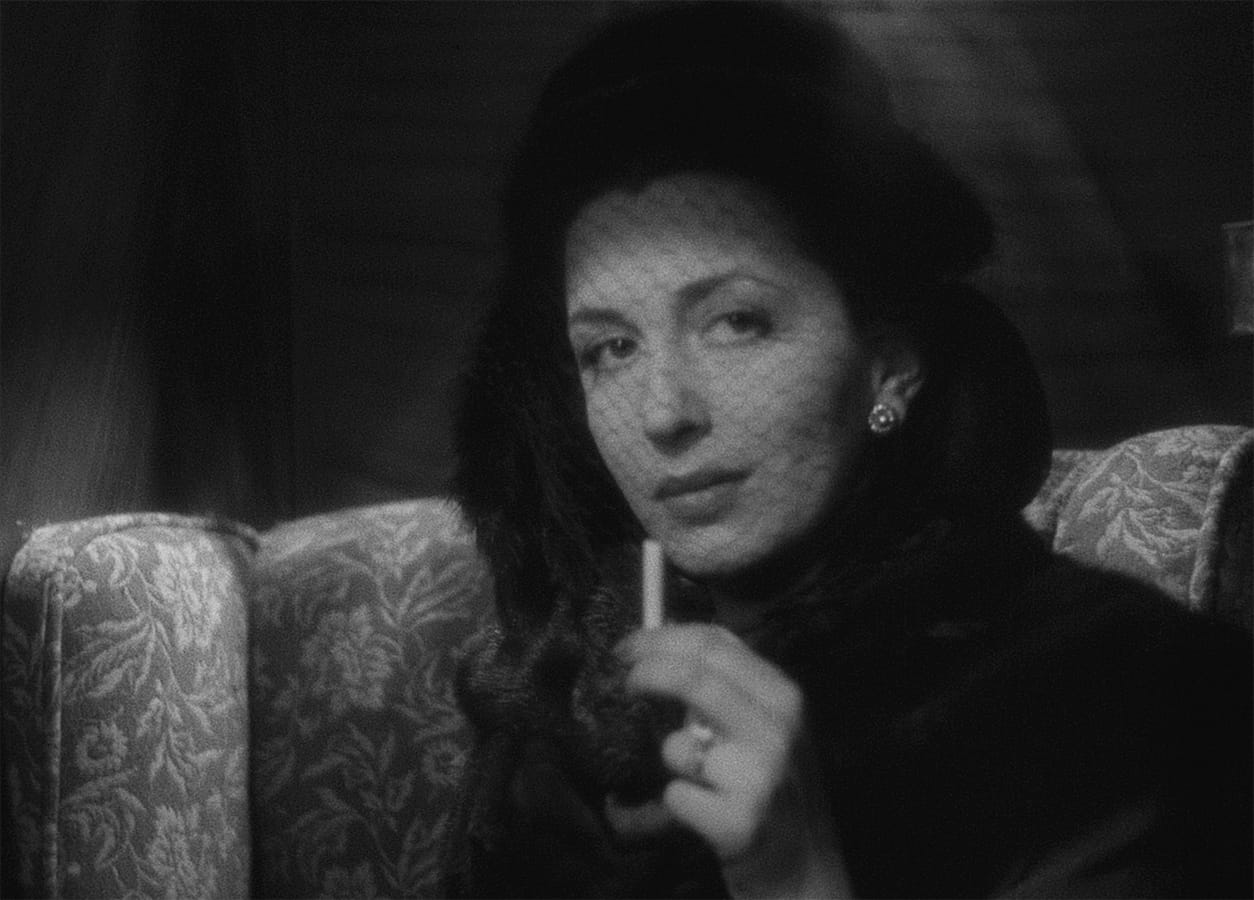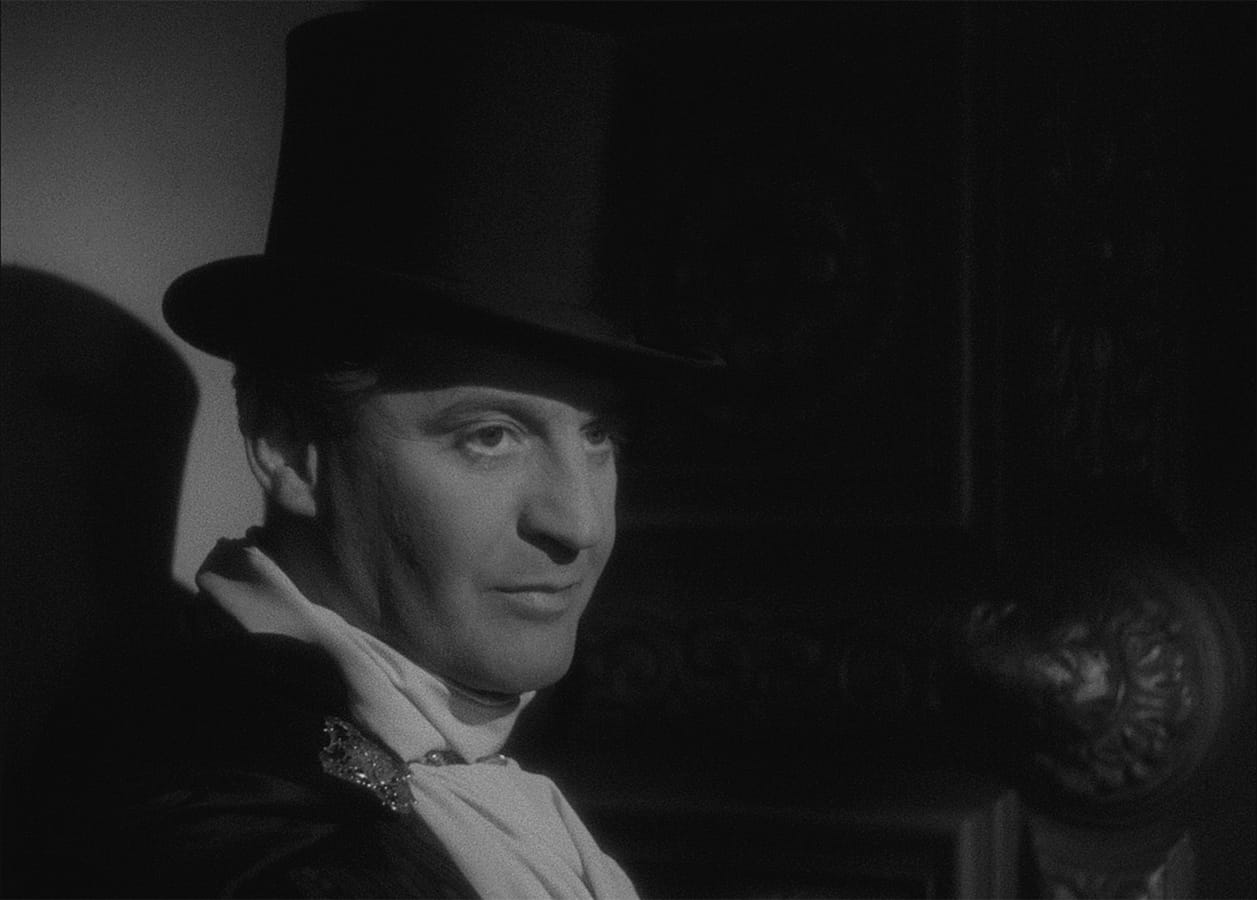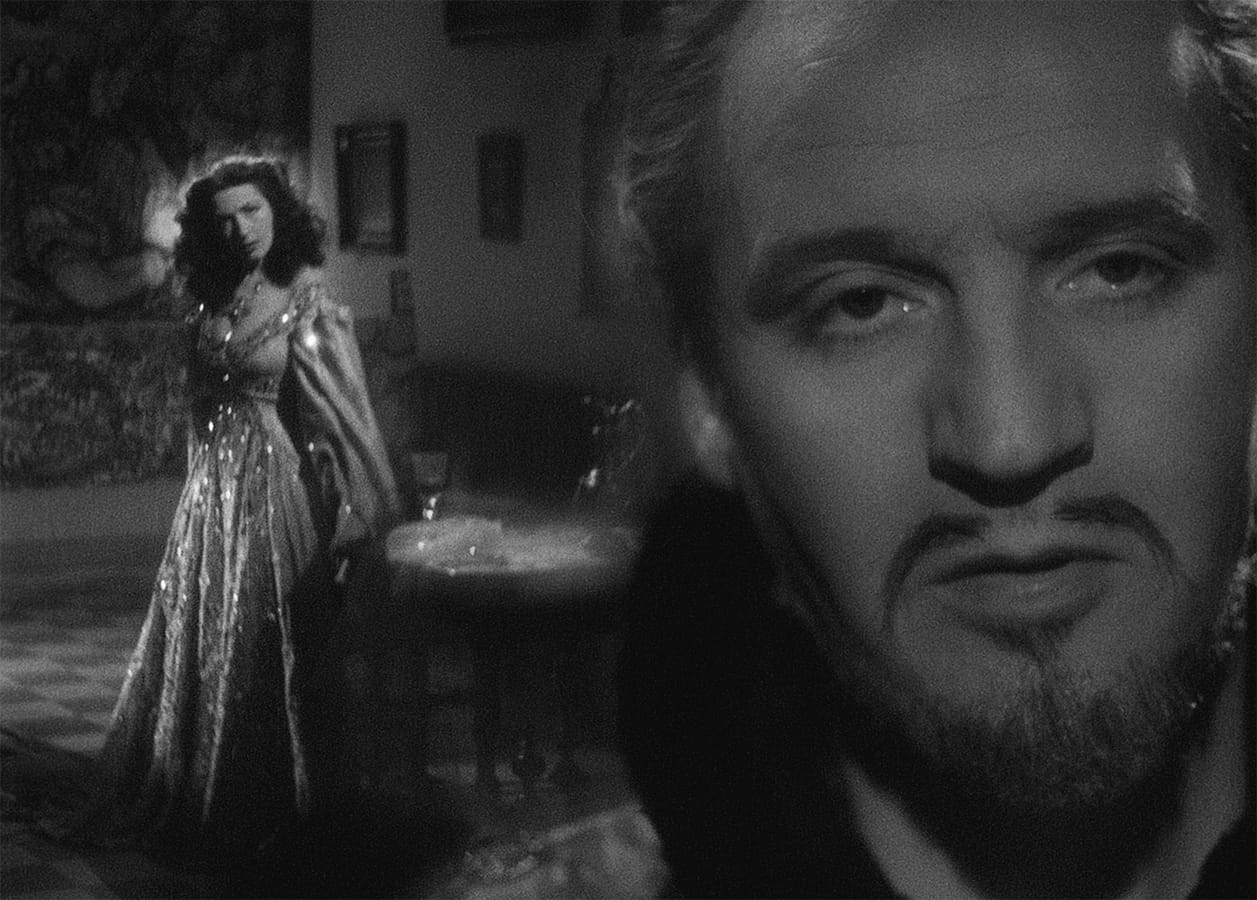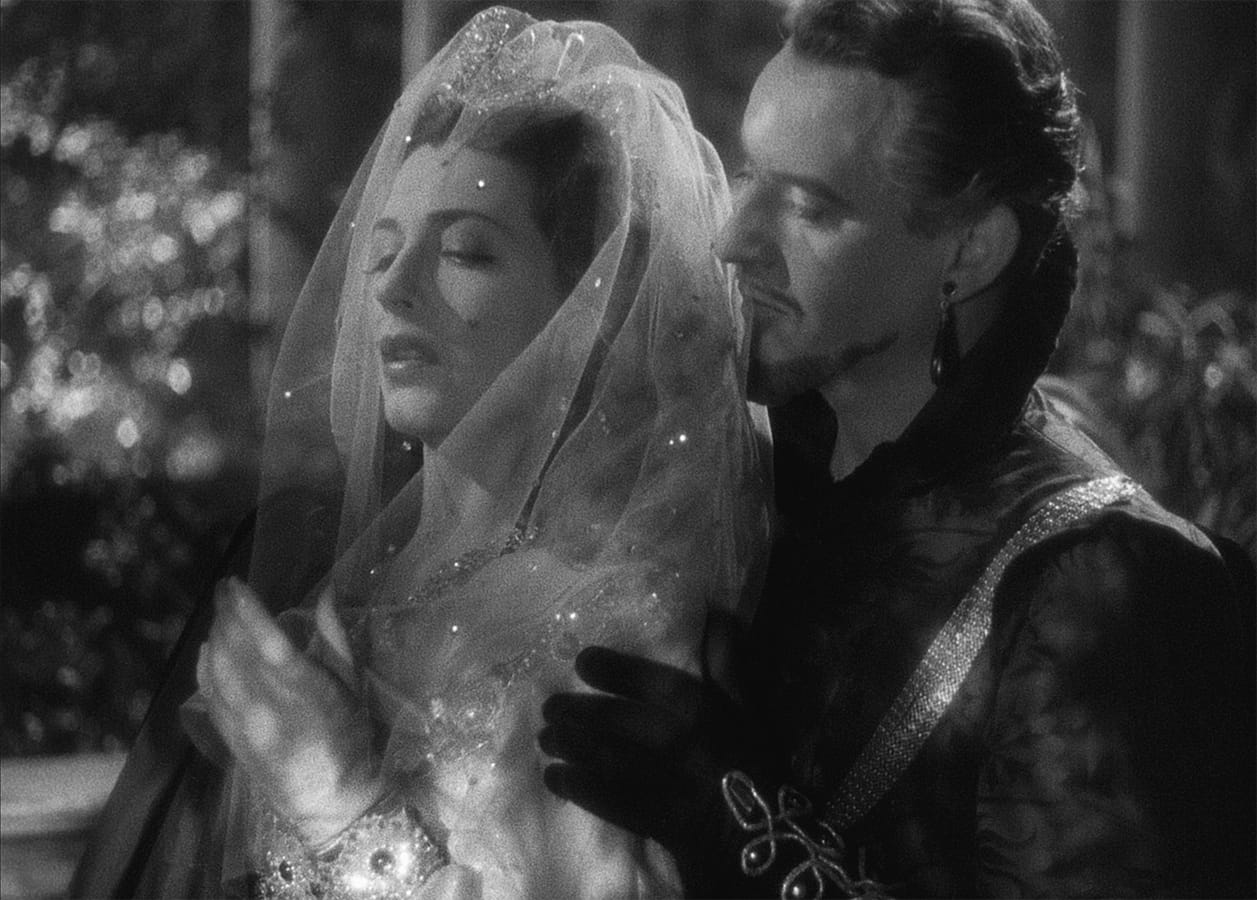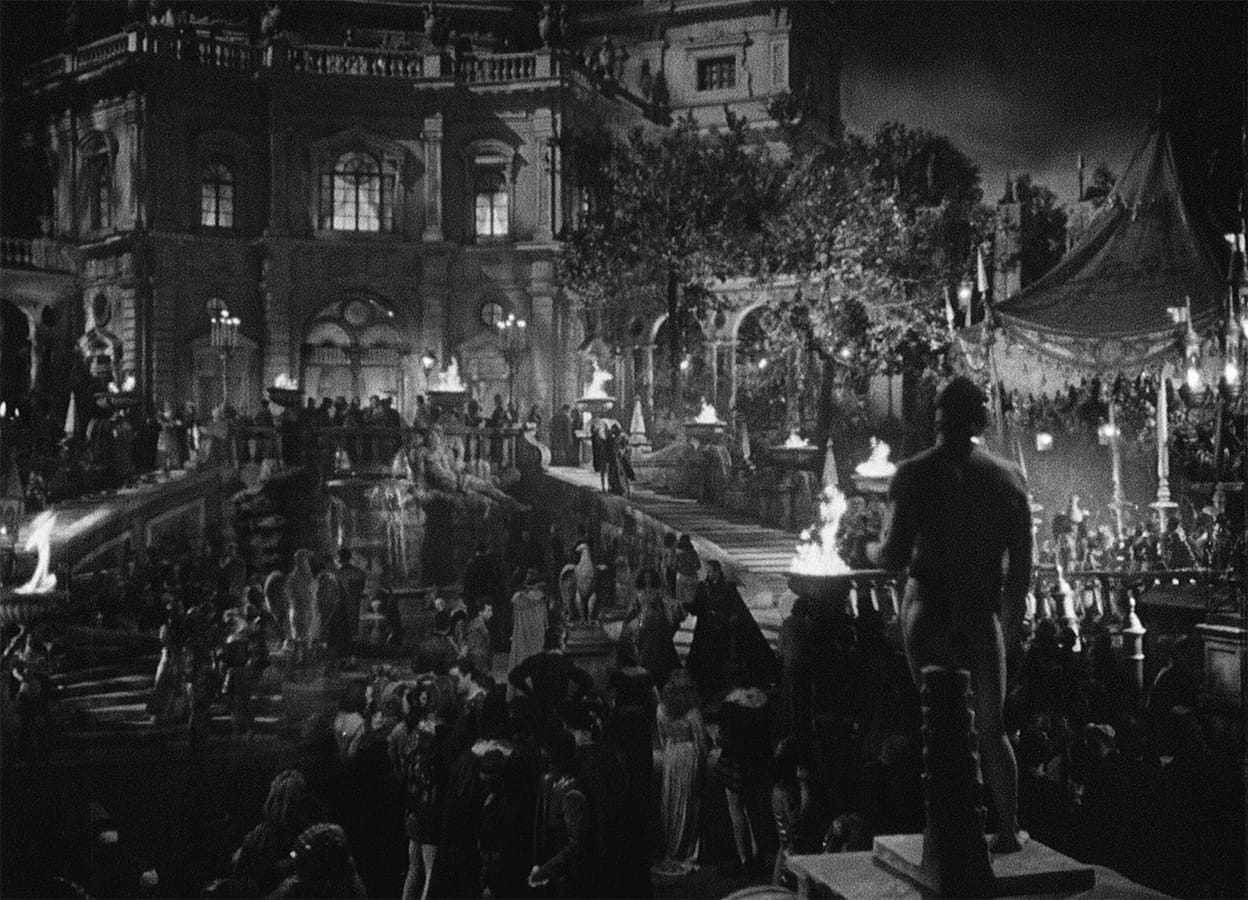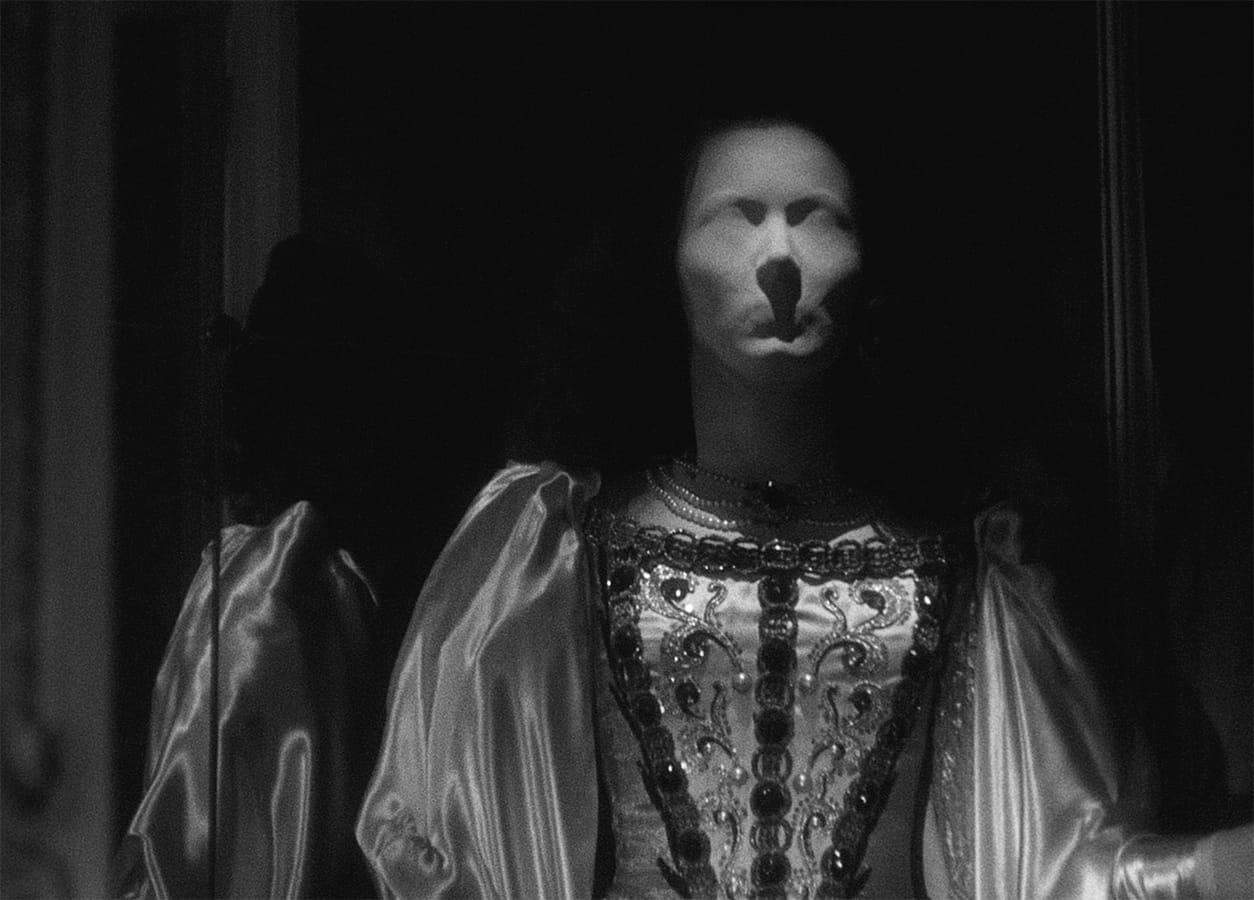Corridor of Mirrors: The Eternal Return

Corridor of Mirrors is a perfect title for a movie about obsession and romantic madness. The image evokes infinite repetition and a dizzying mix-up of reality and illusion. It also provides a graceful metaphor for the way that movies reflect other movies, how certain plots and motifs recur, themes spawning endless variations. Take Corridor of Mirrors (1948) itself, which marked the debut of director Terence Young and which belongs to a rarified subgenre of swooning, haunted, noirish melodramas. Almost every element of the film seems familiar, yet the total effect is unlike anything else. There is an ominous portrait, a whiff of reincarnation, two people spellbound by the past, and a man who tries to make over a woman to match a fetishized image. There are undertones of the gothic, of ghost stories and fairy tales—Beauty and the Beast, Bluebeard, Pygmalion and Galatea, even Dracula; links to Laura (1944), The Secret Beyond the Door (1947), Portrait of Jennie (1948), and premonitions of Vertigo (1958). It is tempting to see an acknowledgement of this resonance in Hitchcock’s film when Madeleine (Kim Novak), apparently possessed by a long-dead ancestor, compares her confused state to “walking along a corridor of broken mirrors.”
Walking along a hallway of family portraits may be a better metaphor for the experience of the viewer watching these films and spotting connections, noticing resemblances and features that pass from generation to generation. Another ancestor of Vertigo is the Argentine melodrama Beyond Oblivion (1956), directed by Hugo del Carril, in which a man devastated by his beloved wife’s death marries a brassy cabaret entertainer who happens to be her physical double. Beyond Oblivion and Vertigo both start off as the stories of their male protagonists and eventually shift their focus to the women who bear the brunt of the men’s desperate need to recreate the past and their Pygmalion urge to shape and control their feminine ideal. They reveal the torment of Galateas who must submit to being sculpted in order to be desired.
Corridor of Mirrors, by contrast, takes the woman’s point of view from the start, and the script was cowritten by the female lead, Edana Romney, along with coproducer Rudolph Cartier, adapting a novel by Christopher Massie (credited as Chris Massey). More echoes: another of Massie’s books became William Dieterle’s Love Letters (1945), a convoluted amnesia romance in which the central characters fall in love with imaginary ideals, not real people. Love Letters shares the same team of director, producer, and stars as Portrait of Jennie, an ethereal fantasy about a man who paints, and falls in love with, a long-dead woman who returns as a kind of corporeal ghost—reversing the genders of the lovers-divided-by-time in The Ghost and Mrs. Muir (1947). These spectral love stories fed on the upsurge of interest in spiritualism that typically follows wars, when a critical mass of people yearn to connect with the dead. More and more films in the 1940s became exercises in time travel, especially in Britain, looking back as it faced a postimperial future. In gaslight melodramas, the Victorian and Edwardian eras were cloaked in fog, soot, and the cruel power dynamics of sex and class, while Gainsborough Pictures became synonymous with period dramas that were at once more entertainingly escapist and more daring in their overtones of sadomasochism. The past, in these films, is both dream and nightmare, alluring in its romantic beauty and frightening in its violence and irrationality. This tension between the pull of nostalgia and the suspicion of it is at the heart of Corridor of Mirrors.
“This Galatea is motivated not by love but by vanity; she is intoxicated by herself, infatuated with her own image.”
